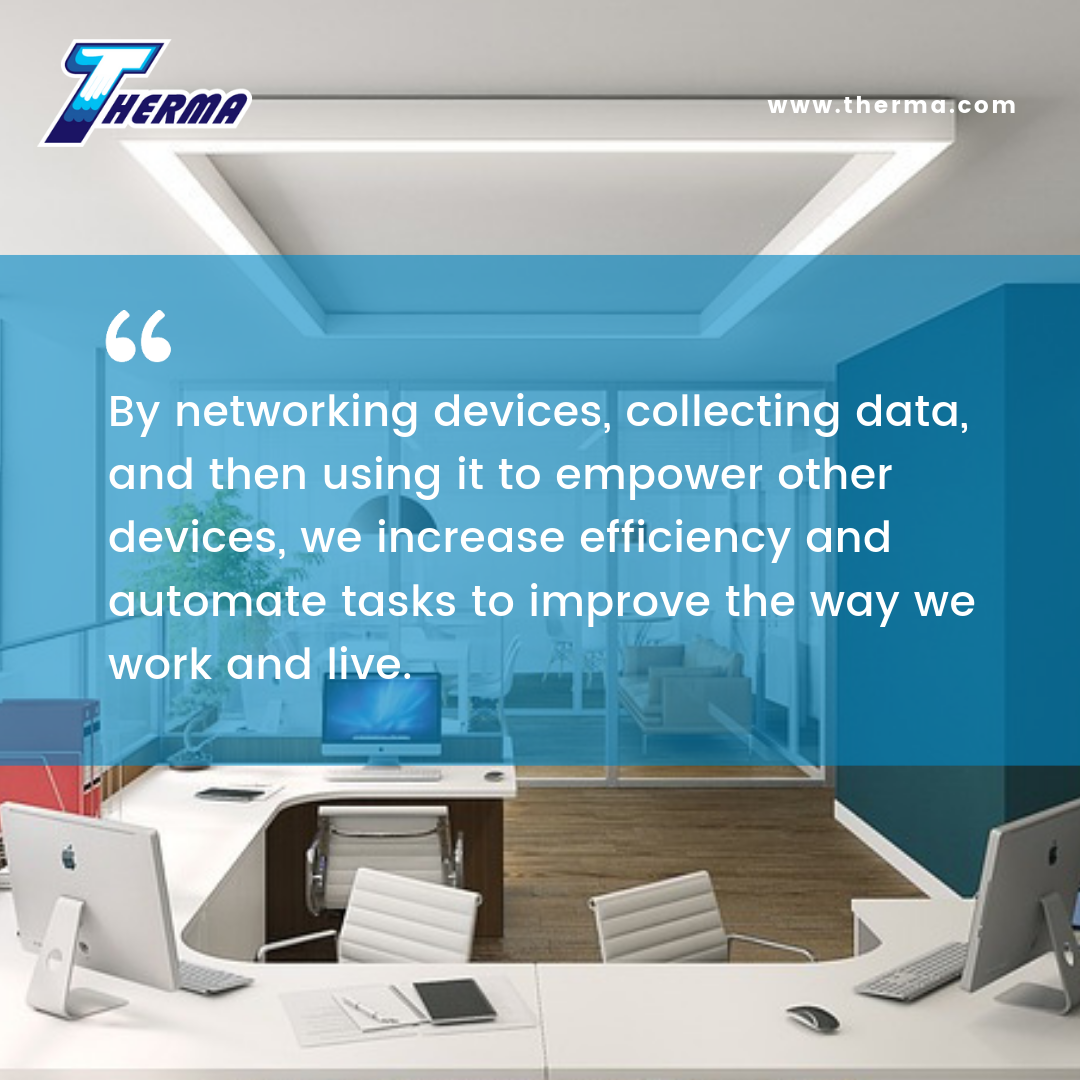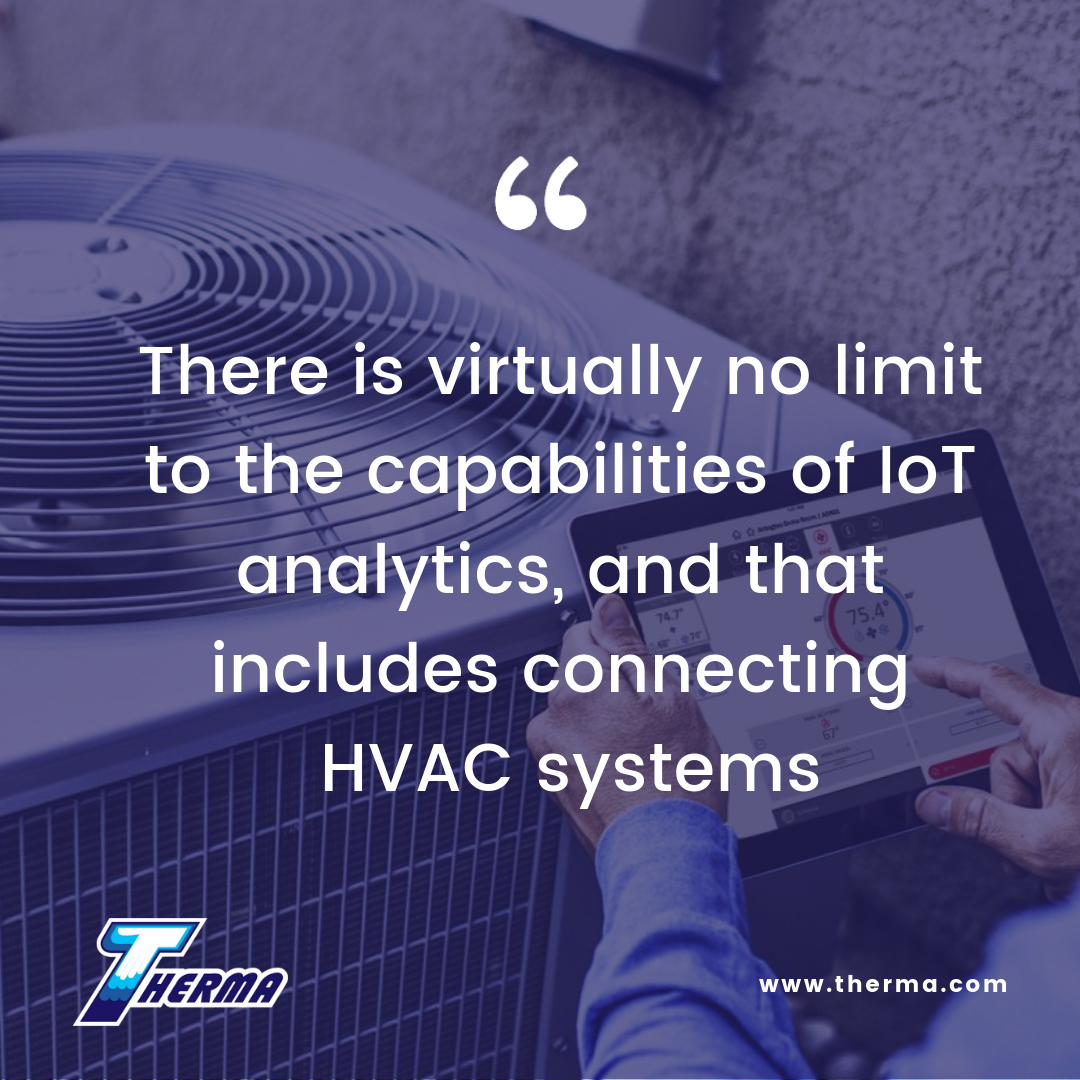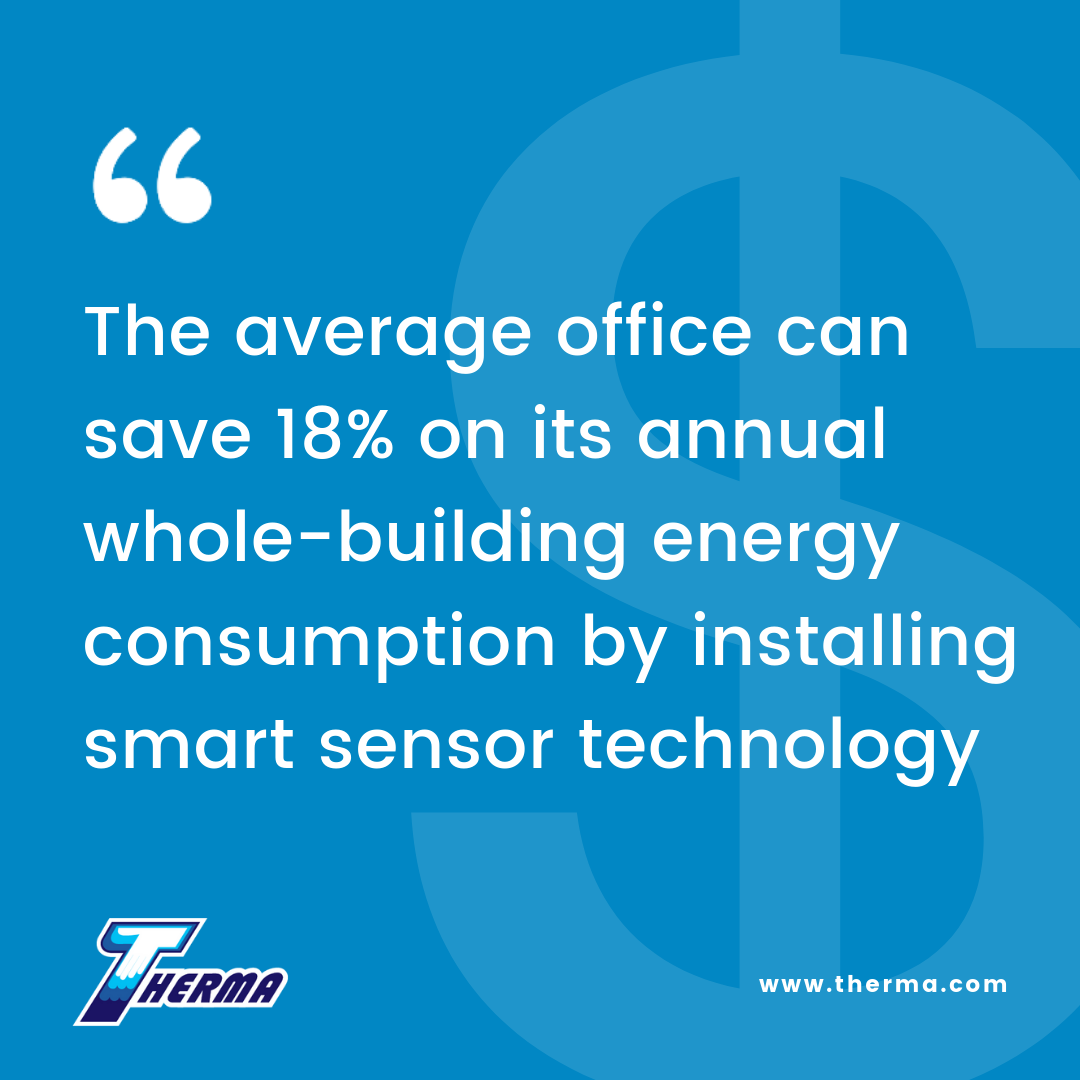What Is loT?
If you’re not familiar IoT, you may be wondering, what is IoT? As broadband Internet becomes more prevalent, more devices are enabled with WiFi capabilities, and the overall costs of technology development goes down, the rise of device connectivity — also referred to as the Internet of Things — will continue to proliferate. Indeed, by 2026, analyst firm Gartner estimates that there will be 26 billion connected devices worldwide! But why would you want devices and data centers talking to each other? Because, by networking devices, collecting data, and then using it to empower other devices, we increase efficiency and automate tasks to improve the way we work and live.

In a smart home, a user arrives home and their car communicates with the garage to open the door. Once inside, the thermostat is already adjusted to their preferred temperature, and the lighting is set to a lower intensity for relaxation, and data from their wearable device automatically reminds the user it’s time for a dose of their medication. In the business enterprise sector, smart sensors located in a conference room can help an employee locate and schedule an available room for a meeting, ensuring the proper room type, size and features are available. Devices can automatically report errors or the need to reorder supplies.
On a broader scale, the IoT can create transportation networks of automated vehicles for eliminating traffic congestion, “smart cities” which can help us reduce waste and create optimal energy efficiency, networks between buildings for water usage, waste management, and even monitoring air pollution. There is virtually no limit to the capabilities of IoT analytics, and that includes connecting HVAC systems.
 A “Smarter” Way For Buildings to Function
A “Smarter” Way For Buildings to Function
A building environment is complicated. It’s not as simple as light, temperature, and air quality. The dynamics are constantly fluctuating and changing based on external and internal stimuli. With the myriad of inputs and factors—weather, air quality, aging infrastructure, building systems components, or number of building occupants—that can impact building energy use, it can be hard to keep track of all these systems and improve inefficiencies, fix problems, and maintain optimal conditions at all times. As a result, driven by energy demands of an increasingly sophisticated world, HVAC systems account for 39% of the energy used in the U.S.
Adoption of IoT capabilities has already taken hold in the HVAC industry. Smart thermostats such as Hive and Nest allow for automated control of centralized heating and cooling systems, and are already growing in popularity. However, this still relies on manual input from a smart phone or remote computer, for example. Products are increasingly able to make adjustments by themselves, with little or no human input, which is where the true capacity of IoT lies.
By combining IoT and HVAC systems, a series of strategically located wireless sensors, smart vents and other technologies connect in a network and download data and stimuli while in constant communication with building systems. Existing HVAC products can also be retrofitted with IoT connectivity, by incorporating the right sensors and software. This real-time monitoring allows for constant optimal efficiency based on small changes imperceptible to human control, preventative maintenance to extend useful life of components, remote diagnosis, and even communication with other buildings to decrease emissions and energy use. Imagine, for example, a CO2 sensor that can estimate the number of people in a room and automatically adjust the HVAC system to increase the ventilation rate.
IoT-capable networks will eventually replace traditional building automation systems (BAS). BAS provide basic controllability, but IoT combines sophisticated data collection, analytics and greater connectivity with output and function. Communication and connectivity are not limited solely to heating and cooling functions, either. Other building systems, such as IT, security, lighting, and/or solar energy sources could share a set of occupancy sensors with an HVAC system to sync and communicate seamlessly.
Optimizing Components HVAC IoT Function:
The ACEEE report Smart Buildings: A Deeper Dive into Market Segments found that the average office can save 18% on its annual whole-building energy consumption by installing smart sensor technology. But how is this best accomplished to save money on operating costs and increase efficiency?

ACEE recommends the following “smart” HVAC options:
- Installing occupancy-based wireless thermostats to reduce up to 5-10% of energy costs if programmed to allow the HVAC system to reduce its operation when the building or zone is unoccupied. (Currently, many building still heat and cool spaces continually.)
- Advanced rooftop unit (RTU) controls to cut HVAC energy use by 20-40%, depending on how the system is used.
- CO2 demand-controlled ventilation (DCV) sensors, which can be coupled with sensors that detect a building’s occupancy and adjust ventilation accordingly. These are excellent devices for older buildings and HVAC systems that are being retrofitted for IoT adaptability.
- Smart solar film, which can adjust HVAC use according to the amount of incoming sunlight, and reduce cooling load by 10-20%.
To make the most of these devices, place sensors all over key areas of the building to collect the most useful data for HVAC regulation. These include high-density areas, such as conference rooms, auditoriums and office spaces, spaces that are used sporadically, workstations/cubicles, and inside of most walls. Gather information continuously and keep logs of energy use, maintenance scheduling, and errors to improve device status monitoring.
In the end, IoT technology is really just a new way of solving already-existing problems. Start implementing smart building technology incrementally, by analyzing the most important equipment that contributes to energy use, what you can afford, and what targets you’d like to set for efficiency. Start small and scale up. Choose a scalable data-collection architecture with easy connectivity and user login, and avoid proprietary platforms and protocols. Work with facilities managers to set reasonable maximum power consumption limit, but allow occupants to fluctuate their settings slightly for comfort. Finally, don’t neglect security at any cost!







